(CLO) A supermassive black hole in the Large Magellanic Cloud is on a collision course with our galaxy, the Milky Way. It weighs about 600,000 times the mass of the Sun and will merge with the Milky Way's central black hole.
The Milky Way has experienced many powerful cosmic impacts. However, a new discovery reveals an even more spectacular prospect: an impending collision with a supermassive black hole.
A team at the Harvard & Smithsonian Center for Astrophysics has identified a supermassive black hole hidden in the Large Magellanic Cloud. The black hole has a mass of about 600,000 times that of the Sun, much smaller than Sagittarius A*, the supermassive black hole at the center of the Milky Way, which has a mass of 4.3 million Suns. The discovery has been published on arXiv and is awaiting peer review in the Astrophysical Journal.
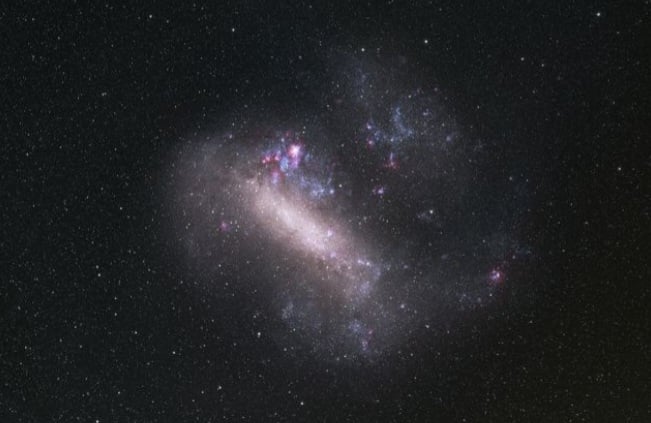
The Large Magellanic Cloud. Photo: ESO
Because black holes don’t emit light unless they’re absorbing matter, scientists have had to use indirect methods to detect their presence. They’ve tracked hypervelocity stars – stars that move at unusually high speeds – and found that they’re being pushed away by an invisible object with an extremely strong gravitational pull. This is a clear sign that a black hole is influencing their movements.
One of the most important ways to detect the presence of a black hole is to monitor the motions of nearby stars. When a black hole interacts with a pair of stars, it can cause one of the stars to be ejected at an extremely high velocity – a phenomenon known as the Hills mechanism.
Researchers tracked hypervelocity stars back to the Large Magellanic Cloud and determined that they were ejected by a black hole with a mass about 600,000 times that of the Sun.
Currently, the Large Magellanic Cloud orbits the Milky Way at a distance of 160,000 light-years. In the next 2 billion years, the LMC will collide with the Milky Way, triggering a series of major cosmic events, including the merger of the two galaxies' supermassive black holes. The LMC's black hole will gradually move toward the center of the Milky Way and eventually merge with Sagittarius A*, forming an even larger black hole.
The merger between the black hole hidden in the Large Magellanic Cloud and Sagittarius A* could have significant cosmic consequences. One of the biggest effects is the release of powerful gravitational waves — ripples in spacetime.
Additionally, the merger event could have created a huge flow of energy that would have affected the distribution of matter in the galaxy. This process could have triggered new star formation and altered the orbits of surrounding objects, reshaping the structure of the Milky Way for millions of years to come.
Ha Trang (according to Daily Galaxy, Science Magazine)
Source: https://www.congluan.vn/mot-ho-den-khong-lo-dang-huong-thang-den-dai-ngan-ha-post335008.html




![[Photo] Closing of the 11th Conference of the 13th Central Committee of the Communist Party of Vietnam](https://vstatic.vietnam.vn/vietnam/resource/IMAGE/2025/4/12/114b57fe6e9b4814a5ddfacf6dfe5b7f)

![[Photo] Overcoming all difficulties, speeding up construction progress of Hoa Binh Hydropower Plant Expansion Project](https://vstatic.vietnam.vn/vietnam/resource/IMAGE/2025/4/12/bff04b551e98484c84d74c8faa3526e0)

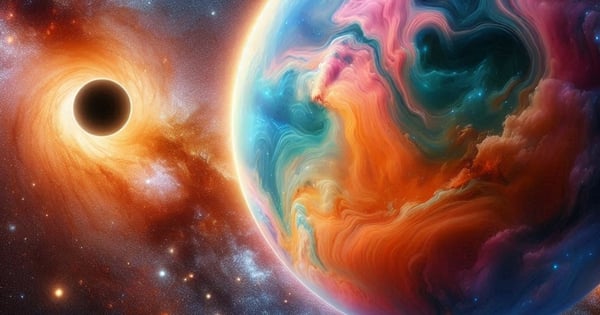

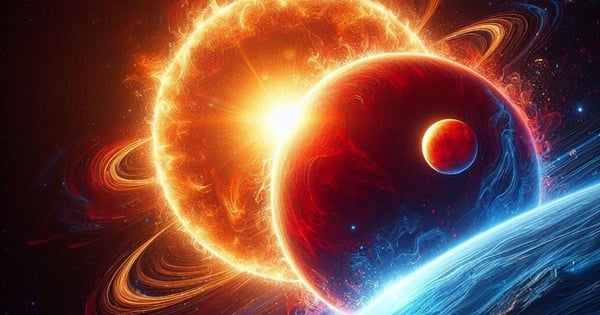
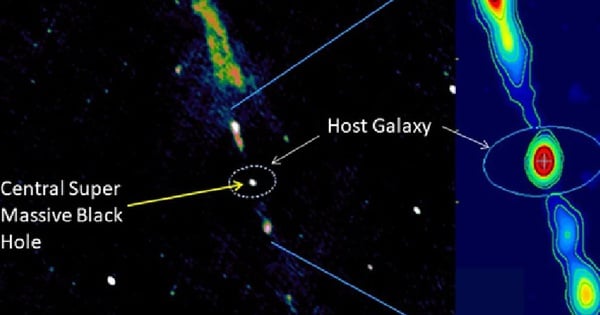
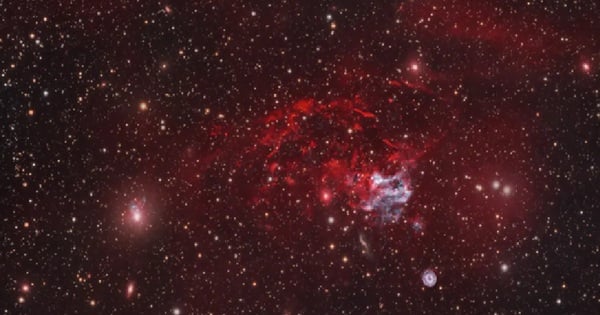
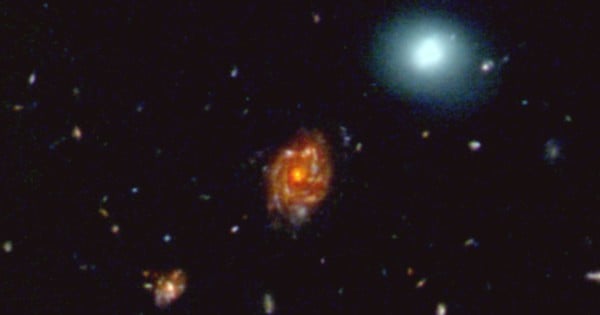
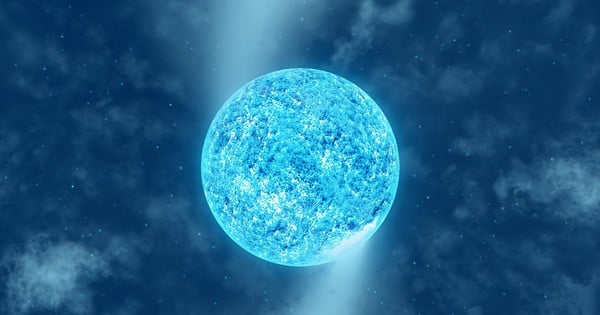














































































Comment (0)